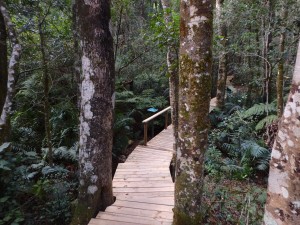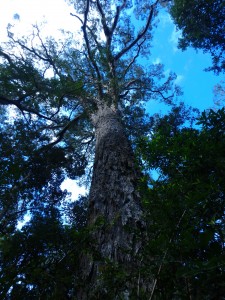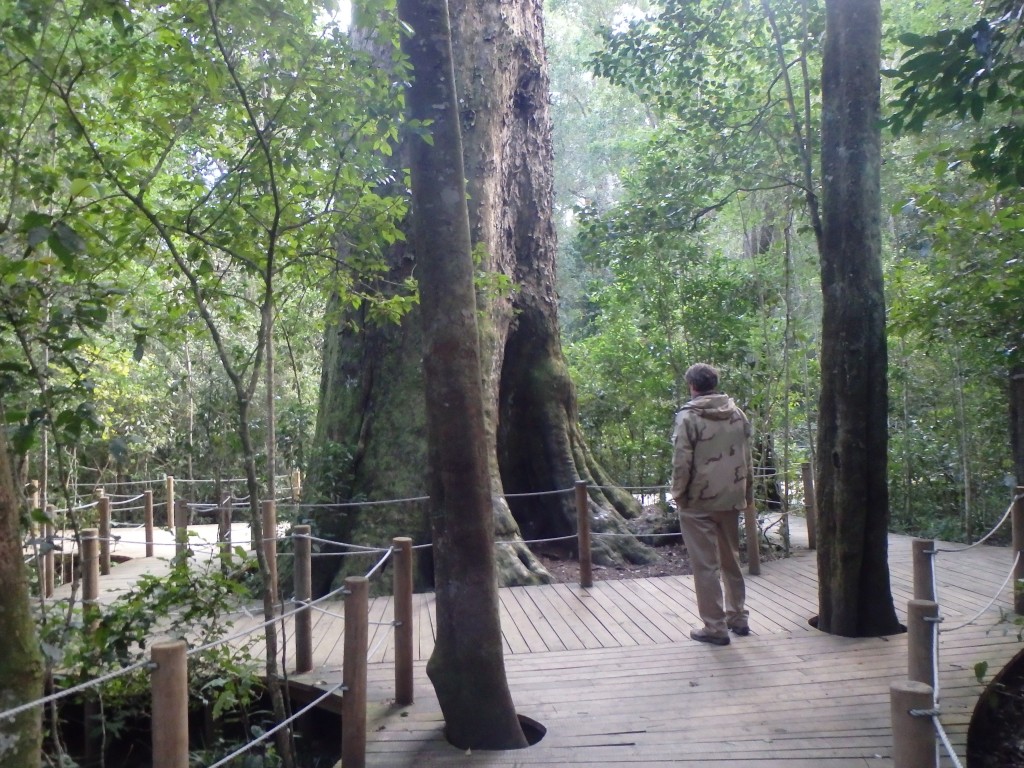
purchase Latuda The forests of South Africa.
Dumraon The area around Knysna on the African coast is unusual, because it supports true forest: the majority of South Africa is savannah, whether grassy savannah in the interior or the bushy savannah they call fynbos at the Cape. But this was real forest, and even where the original forest has been cut down, there are plantations of (non-native) timber trees, mostly pine and eucalpytus. South Africa is, comparatively, a country otherwise starved for timber – I have not seen a single house here made of wood. Fine old homes are made of stone, and later ones of brick and cement block; shanty-towns are largely made of corrugated metal (which was the custom in the mining towns here; old mining towns look like American mining towns in the West, but everything is made of corrugated metal: even the churches. It is the cheapest, easiest building material in this part of the world).
Since timber is rare here, it makes sense that the old forests were long ago cut down for the needs of the Dutch colony here. Much of the wood was apparently used for the refurbishing of the Dutch ships, but the building and furniture needs of the colony were important as well. Old homes have wooden floors, invariably made of something called yellowwood, a tree I was curious to see. The coast by Knysna is the place to see it.
So when we passed a national park containing the “Tsitsikamma Big Tree,” a thousand-year-old yellowwood, I pulled the car into the park and we paid our entrance fee.
In the end, I belong in forests, and walking under the trees, and smelling the air of a forest – which really is entirely different from other air – I felt happy and at home as I really hadn’t elsewhere in South Africa. I had been exhilarated and excited, but not really home. The forest was, nevertheless, quite different from an American forest: though it was winter, it was entirely green; probably the only sign of winter was the lack of blossoms. And also lack of insects: though I hear from people that South Africa does not have many insects, in general, which surprises me. (A European friend who is living here now said that compared to Europe there were no bugs here). The understory was dominated by very large ferns rather than shrubs.
The forest had the general aspect of unhealth that I associate with second-growth forests: a brightly lit, inefficient forest, not yet able to create a perfect canopy and deep shade beneath. I don’t know the forest’s history, but I presume no accessible part of the coast – and this seemed accessible – was left uncut. In fact, as I walked through it, I thought the “big tree” was likely to be disappointing: most of the trees I saw were clearly young and unimpressive.
 But we saw a few bigger trees scattered here and there, and then as we came to the big tree itself we were not disappointed at all. The tree was massive, much larger than all the others, listed as 8.5 meters (26 feet) in circumference. They called it an “Outeniqua Yellowwood,” Latin Podocarpus falcatus, and for its fine foliage and coniferous nature – which was not apparent by looking at it, but it is in the order of pinales – it is also called the African fern pine. It certainly had a straight trunk initially, as pines do, but from there its branching pattern looked much more like a deciduous tree than a pine: large branches highly ramified, rather than sticks poking out from a massive central trunk.
But we saw a few bigger trees scattered here and there, and then as we came to the big tree itself we were not disappointed at all. The tree was massive, much larger than all the others, listed as 8.5 meters (26 feet) in circumference. They called it an “Outeniqua Yellowwood,” Latin Podocarpus falcatus, and for its fine foliage and coniferous nature – which was not apparent by looking at it, but it is in the order of pinales – it is also called the African fern pine. It certainly had a straight trunk initially, as pines do, but from there its branching pattern looked much more like a deciduous tree than a pine: large branches highly ramified, rather than sticks poking out from a massive central trunk.
This tree was said to be a thousand years old. It certainly was much larger – at least four times as large – as the next largest tree we saw. I presume that at one point the entire coast here was covered with trees like this, and this one escaped the axe only by chance. It is a strange thing, that we in the present have, in so many places, to content ourselves with seeing the remnants of the grandeur which has been shattered and destroyed by our ancestors; but then again, our descendants will probably say the same about us.

Post a Comment